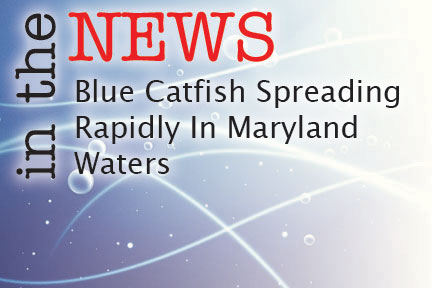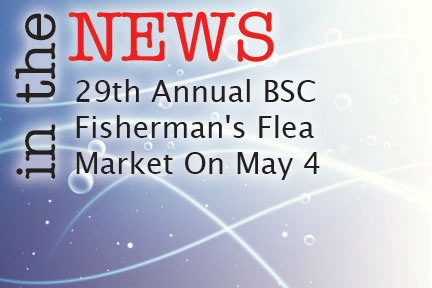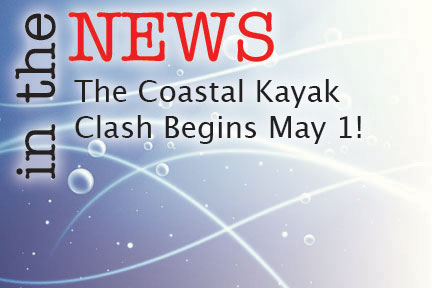The Massachusetts Department of Marine Fisheries (DMF) Diadromous Fisheries Project works to sustain and improve sea-run fish passage, habitat, and populations. Efforts cover 10 species, with a focus on river herring, American shad, American eel, and rainbow smelt. Read on for some interesting project updates!
River Herring Runs Rebound in 2023
There was widespread concern for river herring populations in Massachusetts in 2022 after three straight years of declining runs counts. This followed the promising 2019 runs that were among the highest seen in 15 years in some regions. Thankfully, the spawning runs in 2023 rebounded in most locations. DMF staff manages eight river herring spawning run counting stations with local partners and provides technical assistance to approximately 30 more counting stations that are mostly volunteer-based visual counts. Most regions rebounded in 2023 with the exception of Narragansett Bay and Buzzards Bay where concerns continue over the extended trend of low counts. Cape Cod, the South Shore, Boston Harbor, and the North Shore all had runs that increased significantly. Final counts are still coming in. To date, two locations—Herring Brook in Pembroke and Herring River in Harwich—have exceeded a half million fish. Last year, none of the over 40 stations recorded a half million fish. The turnaround in Pembroke is remarkable. After multiple fishway improvements, Herring Brook posted increasing counts to reach over 400,000 in 2019, after which the number of fish plummeted to about 40,000 in both 2021 and 2022. This year in Pembroke, the herring just kept coming, week after week. With over 570,000 herring counted there were a lot of smiles around Herring Brook this spring.
American Eel Recruitment Sets Record
American eel is the one catadromous fish in North America, meaning they are born at sea and undergo a spring migration to freshwater habitats (the opposite strategy to the more common anadromous fish). DMF has installed 12 eel ramps in coastal Massachusetts since 2007. Most of these include counting tanks maintained with local partners. In addition, DMF maintains two glass eel monitoring stations to contribute to coast-wide eel monitoring and management. Catches were high at most stations in 2022 relative to time-series averages, with one station posting the first recorded catch over 100,000 glass eels. The catches in 2023 were also high, with two stations exceeding 100,000 eels: a two-year spike that has not been seen before by DMF monitoring. As is often the case, for reasons we can only speculate over, the higher recruitment of glass eels from the ocean to coastal rivers in MA during 2023 was also seen at other New England states.
American Shad Stocking in the Taunton River
DMF monitors American shad with electrofishing surveys at two small coastal rivers and cooperatively at fish lifts in the Merrimack River. A new collaboration began in 2022, led by the U.S. Fish & Wildlife Service’s Attleboro Hatchery with assistance from DMF and DFW, to stock shad in the Taunton River. Over 5 million shad were stocked in 2022 and stocking has started again this spring. Pre-stocking monitoring caught only a handful of juvenile and adult shad in the Taunton River by electrofishing and none with five-years of beach seining, whereas the first post-stocking beach seine monitoring in 2022 caught juvenile shad in July and October—very likely survivors from the May and June stocking of larvae. Monitoring will continue in 2023 to document post-stocking responses, and hopefully, in 2025 anglers will confirm stocking success with catches of the first returning adults as harbingers of a new shad sportfishery in the Taunton River.
New Tools to Assist in Management Released
During this past year, two long-term efforts by DMF to assist the management of diadromous fish came to fruition. DMF and MassDEP have developed a new policy to set guidelines for stream maintenance to improve diadromous fish migrations. In April 2022, MassDEP released a new Wetlands Program Policy titled, Diadromous Fisheries Stream Management (BWR/WP 22-1). This policy will streamline local review and expedite execution of proposed stream maintenance projects under the Wetlands Protection Act, while setting responsible guidelines for this essential and time-honored practice. Secondly, MassGIS published a new Diadromous Fish GIS Data Layer in January 2023 that integrates DMF survey data on diadromous fish passageways with the DMF Diadromous Fish Restoration Priority List in a GIS format. The Data Layer includes information on 490 structures that can influence diadromous fish migrations in coastal Massachusetts, species presence and time-of-year recommendations at watershed locations, and specific information on river herring and rainbow smelt spawning habitat. The development of these two management tools were years in the making. Both should contribute to improved planning and coordination for diadromous management and restoration in Massachusetts.




